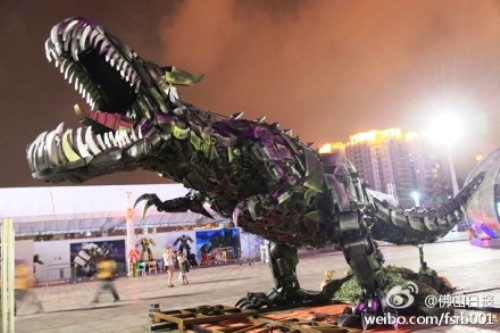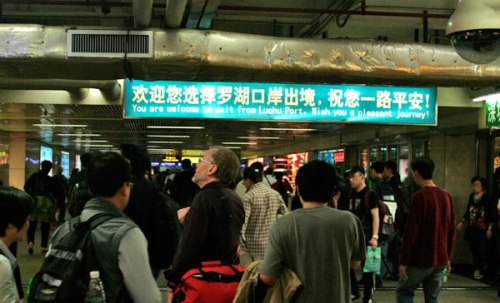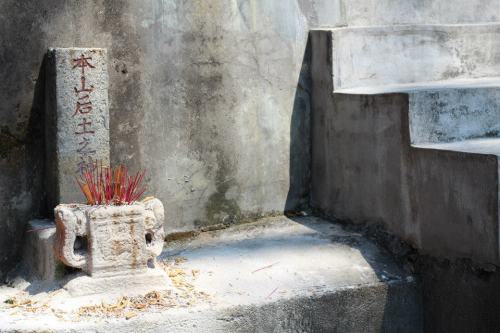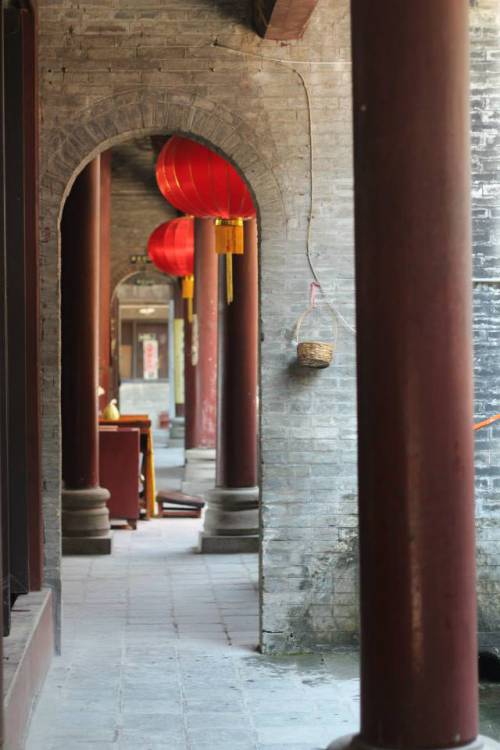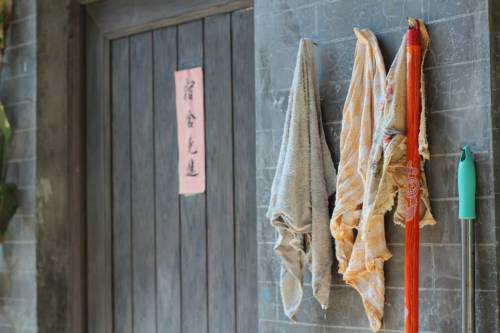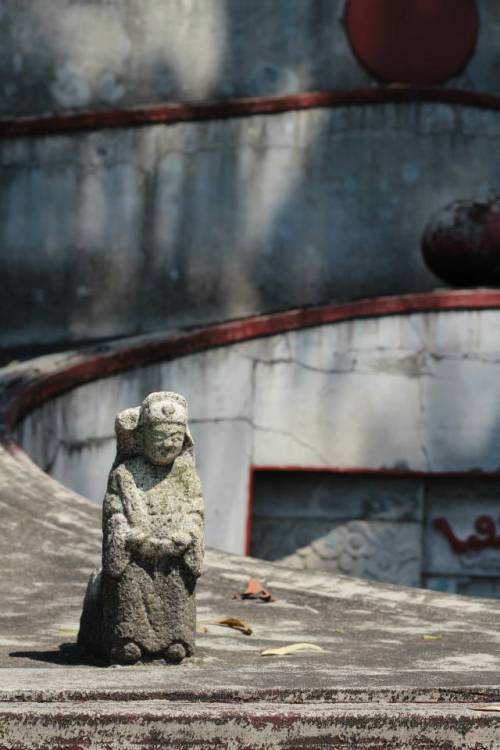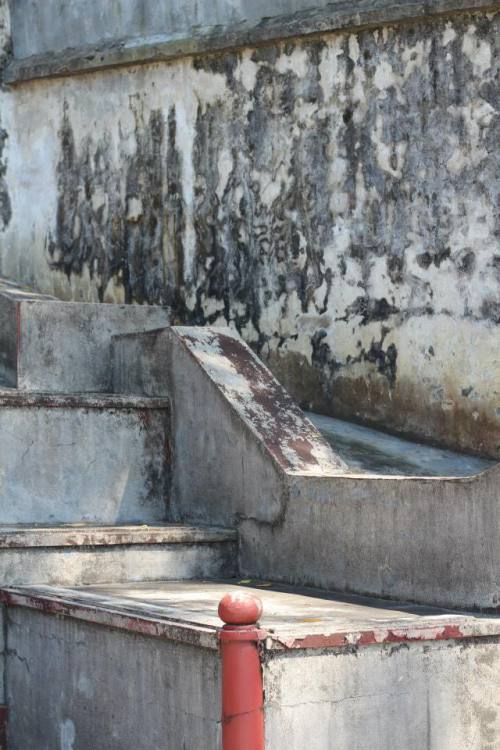Beijing and Shanghai look with envy at Guangzhou’s luxury hotel market. While China’s top two cities have sluggish occupancy and erratic room rates, the Flower City has been blossoming.
Across the province, manufacturing is an important growth maker meaning when times are good the benefits are felt including in the services sector, like hospitality, and likewise in harder times the trading environment is challenging.
Concerns of slowdown paint a gloomier picture, based on some data, leaving Guangzhou treading carefully.
As the Canton Fair gets ready for business, China’s flagship trade fair - central to Guangzhou’s economic story - is hoping for brisk business despite the outlook. The city’s hotel industry thrives on it, benefiting from the extra hotel occupancy and room rates swelling. By the time the trade fair wraps up, some 200,000 people will have been and gone.
From a Hilton and Ritz-Carlton to a Westin and Shangri-la, big names vie for corporate accounts and business bookings. The good news for them is the premium-room market is on the cusp of its next big upgrade. But throw in a Four Seasons, Mandarin Oriental, Jumeirah and another Marriott hotel into the mix - all of which just opened or will open soon - and only the fittest will survive, according to one hotel boss.
According to the latest data seen by The Nanfang, Guangzhou’s optimistic picture is in stark contrast to hoteliers in rival cities fighting for more room nights and customers in a market that’s oversaturated. Despite the slowdown, tens of thousands of more rooms are being added every year across the country.
Past, present and future
By the end of 2012, Guangzhou will add another 3,627 high end rooms taking supply near the 20,000 mark. However, Shanghai will be flooded by another 5,500 rooms bringing 50,000 room choices to customers. In Beijing only 2,500 rooms will come online taking the total to 34,000 rooms, according to hospitality consultancy firm Jones Lang LaSalle Hotels.
The 2010 Asian Games is a good example of how a big event can boost hotel statistics. It helped operators in Guangzhou recover as the 2009 financial crisis struck. Occupancy rates jumped 10 per cent over the Games year.
While Guangzhou is holding strong, it was a late bloomer in attracting 5-star hotels, with an influx of operators arriving in 2007. Guangzhou is not the “country’s financial centre that Shanghai is or the capital like Beijing,” explains Darlena Zhai from Horwath Asia Pacific.
Horwath Asia Pacific also says over the next five years the “top-tier” market nationwide will add another 30 per cent more rooms. Even so, year-on-year demand for luxury hotels is outpacing supply, growing 7.9 per cent compared to the supply side’s 7.5 per cent growth. The strong numbers have reached near all-time occupancy rates as Guangzhou nears the 70 per cent level.
But hoteliers across the nation have reservations about growth and are becoming increasingly concerned about the market a few years out.
General managers The Nanfang spoke with have a hard time predicting what the future may hold. “I don’t have a crystal ball,” says John Burger, formerly the general manger of the Hilton Guangzhou Tianhe.
Economic snapshot
The economic outlook in China and around the world has plenty to keep general managers both excited and awake at night.
Internationally, the global recession continues to linger following the international financial crisis of 2008, and a series of new flash-points such as territorial disputes with Japan, are impacting places like Guangzhou. Horwath notes that Japan, Korea and Southeast Asia “are the main drivers of international corporate demand.”
Peter Esho, chief market analyst at City Index Asia Pacific, reckons a major turnaround can’t take place without significant interventions.
“[We need] confidence back in Europe, the Chinese policy response…which parts of the economy will be targeted, monetary easing by the People’s Bank of China, more reserve requirement ratio cuts and possibly [base] rate cuts and among the state owned and controlled banks. We need to see the lending flood gates resume once again.”
Bullish
The Westin Guangzhou’s Carolyn Smith is confident and assured that her hotel is in good shape, which is why she is bullish about her hotel’s prospects. For her, the economic signs are pointing in the right direction. As general manager she is presiding over 72 per cent capacity; higher, she says, than the city and national average.
“The market is growing, China is growing, the business world in China is growing, the middle class is growing,” she says. “China has more than 170 cities with more than one million people. China has tremendous capacity and I think it will be a long time before there is oversupply.” As for Guangzhou, “it can continue to take new hotels and new hotel openings, [but] not all at the same time.”
One risk is Guangdong’s largely manufacturing-heavy economy could take a negative turn as China slows. For now, it is an important driver for the province and the manufacturing index in September showed a contraction.
“In terms of the manufacturing index, it is holding up well. It is a very good example of how the slowdown doesn’t necessarily affect all areas at the same time,” Carolyn adds. “Market forces might dictate but they might not dictate at the right times.”
But Horwath Asia Pacific’s Darlena Zhai warns, “since a lot of corporate demand is from the manufacturing industry and auto industry, it would be strongly affected by economic changes in China.”
Optimistic
John Burger’s is bullish but he pulls no punches. He thinks there is saturation in the market, and the casualty will be those smaller, local hotels that have not spent money on their infrastructure.
While the Hilton Guangzhou Tianhe started from “a zero base,” Burger isn’t too concerned. “A new hotel has got a growing phase like a child. You have got to mumble and talk before you can shout; before you run you have to walk.”
But he concedes as an indicator of performance “when you look at the occupancy rates, some places are doing better than others” although he is not “unhappy” with how his establishment is doing. He is projecting growth this year and next year.
The Hilton’s high-end global reputation strikes the right note with the cash-rich Chinese traveller – which makes up 70 per cent of business at the Hilton Tianhe. “The Chinese consumer is more brand aware than they were in the past. As long as the Chinese traveller is fueling the international brands then that’s ok.”
Bearish
“You name it, we have it in Guangzhou,” says Arics Lam, general manager of the China Hotel, a Marriott Hotel, but cautions “none of us can see what is going to happen to us in a few years time.”
Nevertheless, the China Hotel, A Marriott Hotel is outperforming its peers by operating at 72 per cent occupancy. However, Arics says the city needs more tourists. That is more of a concern rather than the macro-economic picture.
For the time being, Arics is one of many general managers in discussions with the Guangzhou Tourism Bureau on how hotels can work together to help promote the city. “We’re suggesting repositioning Guangzhou. Going into the international market is important. How we can propose to government bodies how we can form something to promote the city.”
With warning signs down the road, at least in Guangzhou, hoteliers hope to work more closely with the tourism bureau to drum up business. Bosses are also hoping for more trade fairs and exhibitions to soak up supply. Horwath Asia Pacific notes the bi-annual Canton Fair can result in 40 per cent of total annual revenue for major brands.
The future
Local statistics favour Guangzhou but national statistics do not look good.
With money pouring into public transport infrastructure, Horwath Asia Pacific warns of an increase in day-tripping from more popular cities like Hong Kong. ”Transport infrastructure in Guangzhou and its improved accessibility from other surrounding cities is likely to increase the city’s appeal.”
At least in the key areas where Guangzhou is successful – manufacturing, trade and hosting exhibitions – business is ticking over for the time being.


